Day 47 - The Chūgoku 33 Temple Kannon Pilgrimage, Japan - Climbing the Many Steps to Ichibata Yakushi Temple #26, in the Mountains of Izumo And The Famous Izumo Taisha Shrine

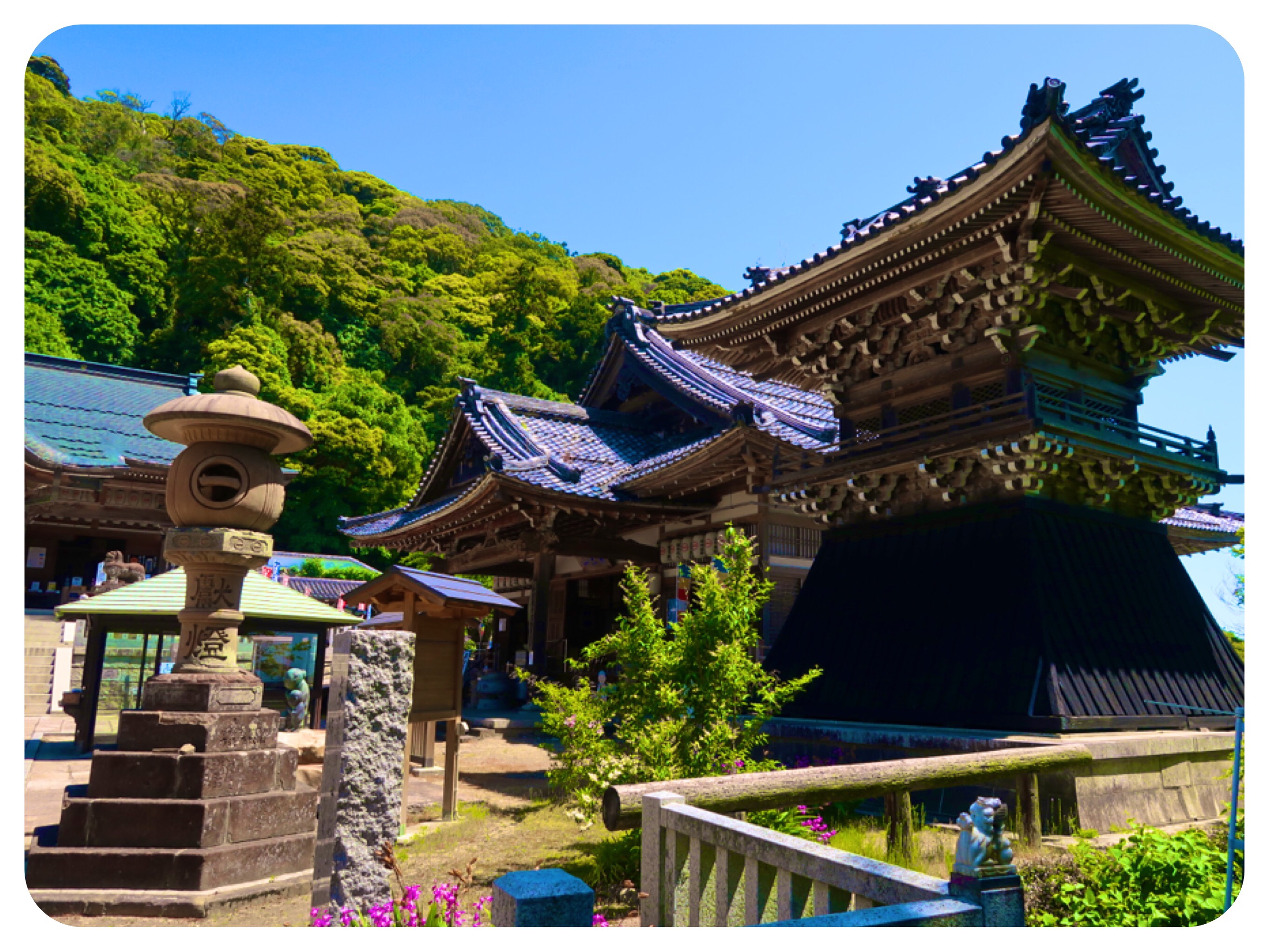
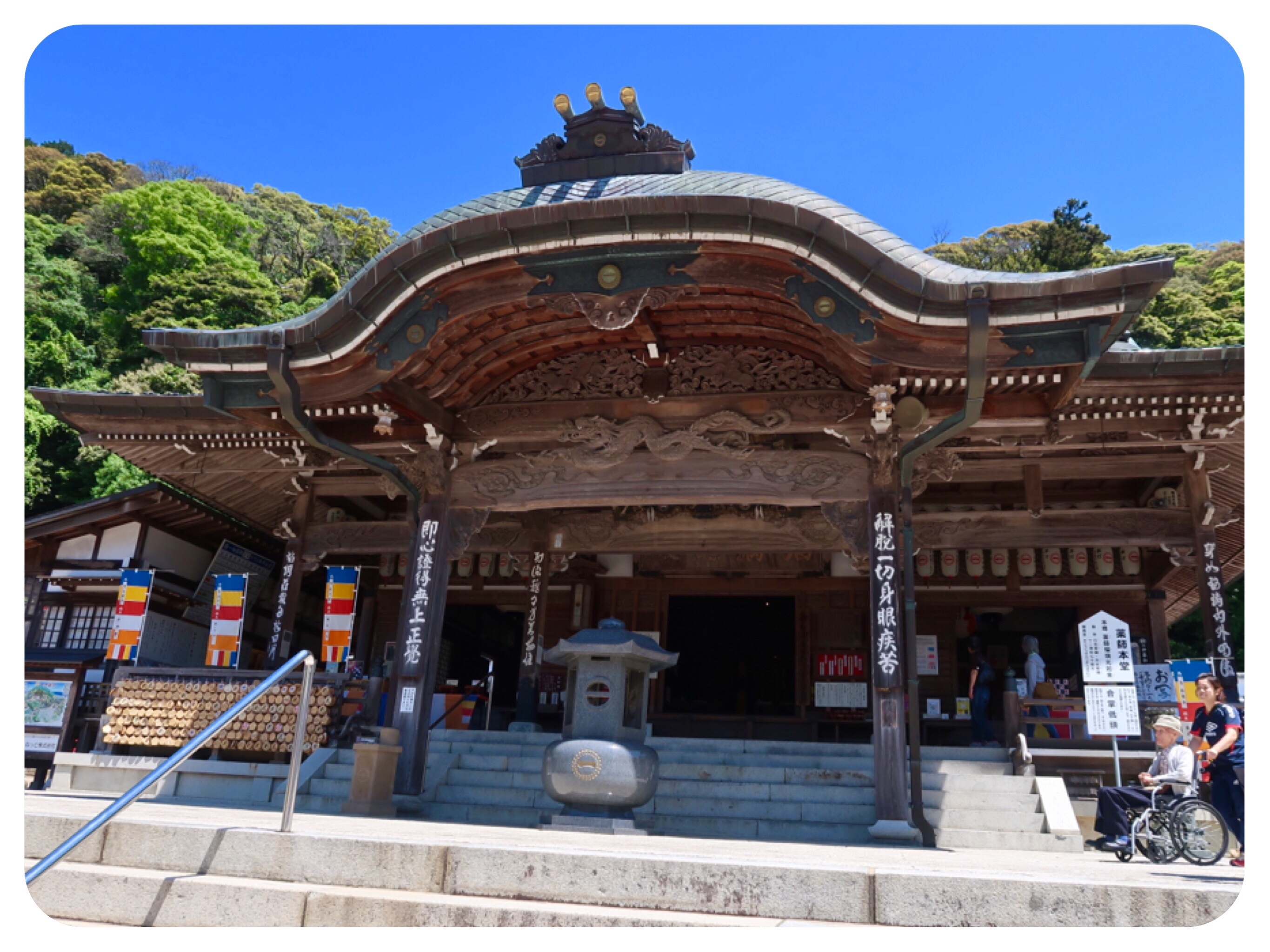





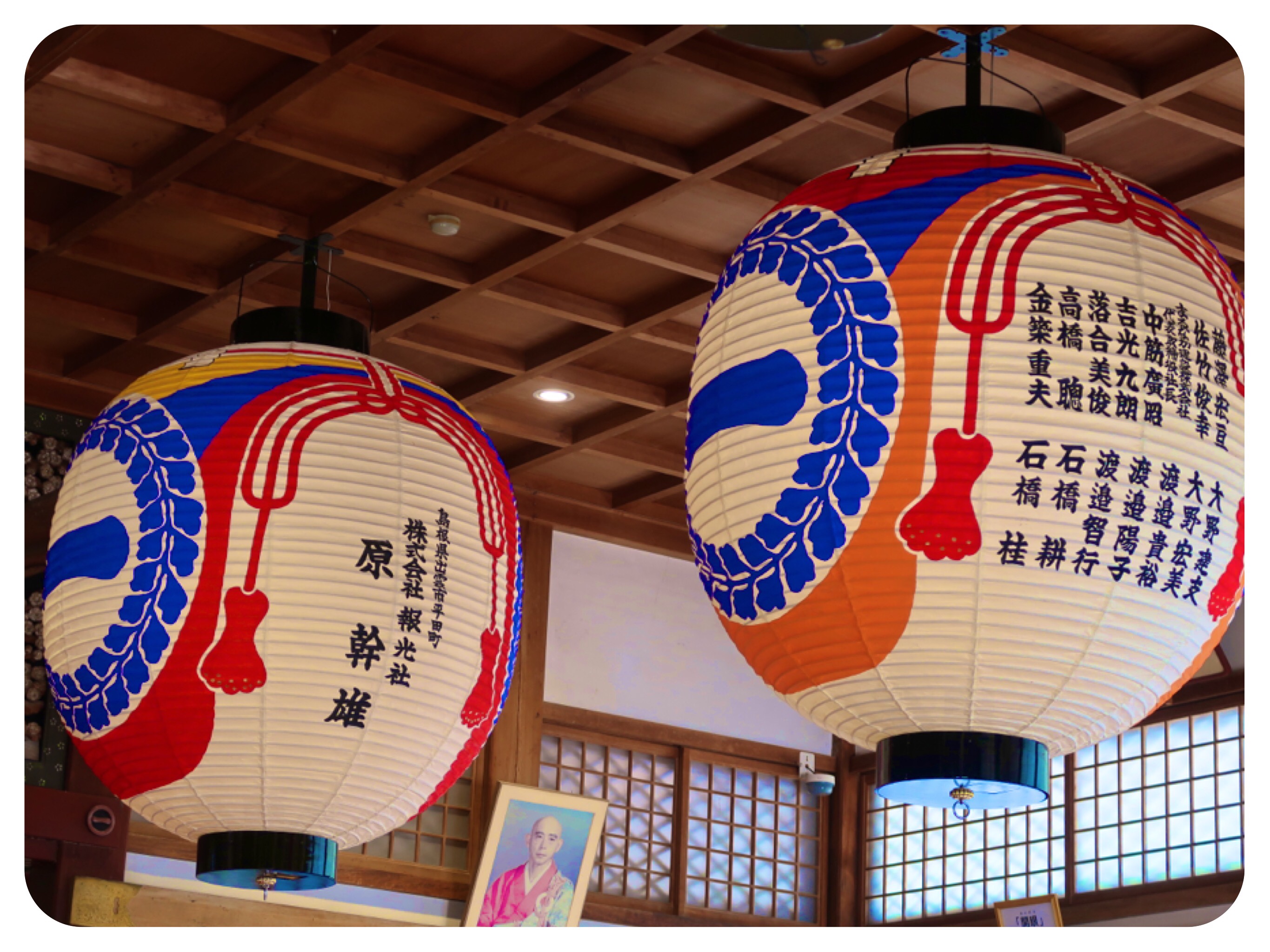






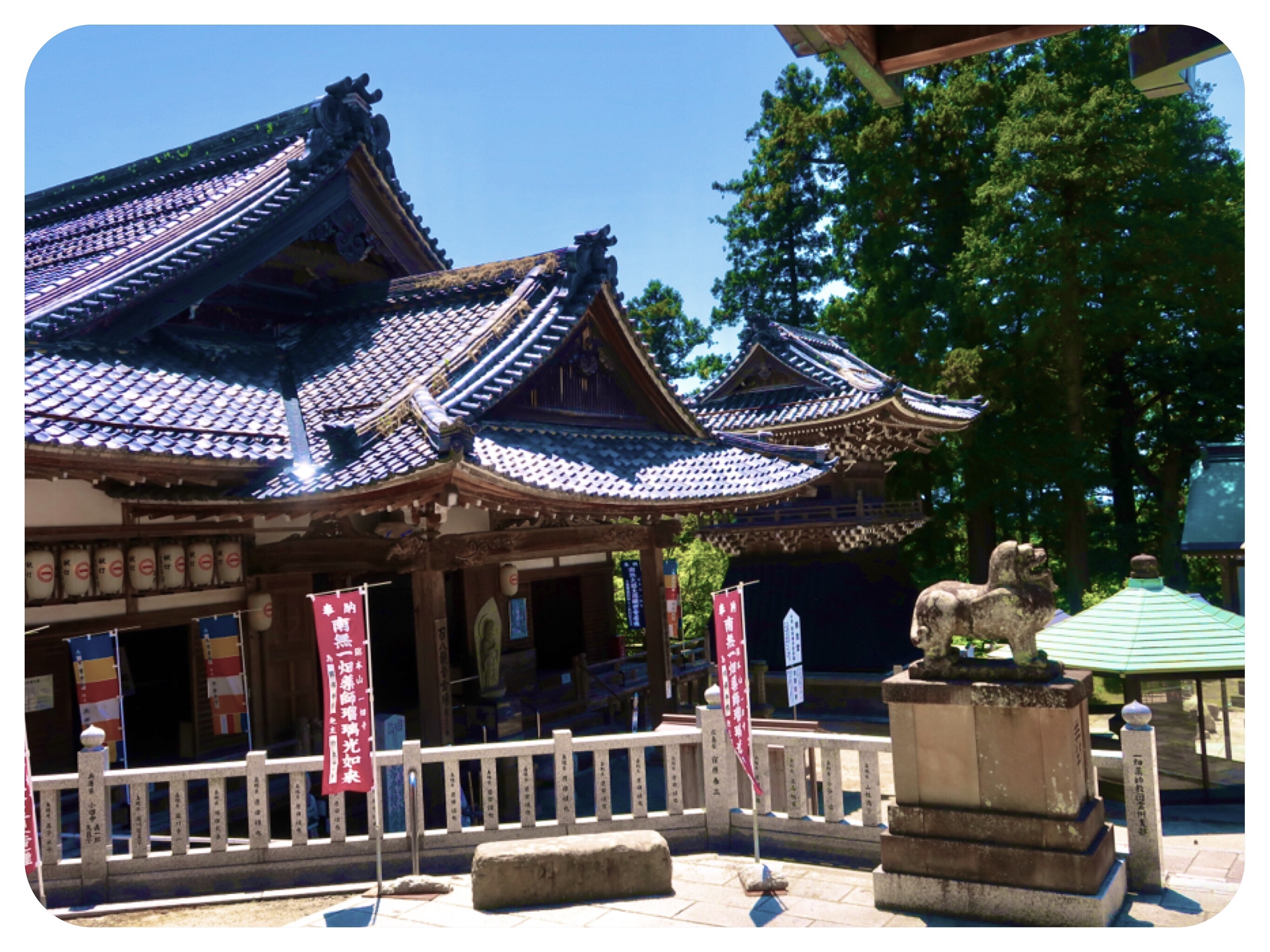










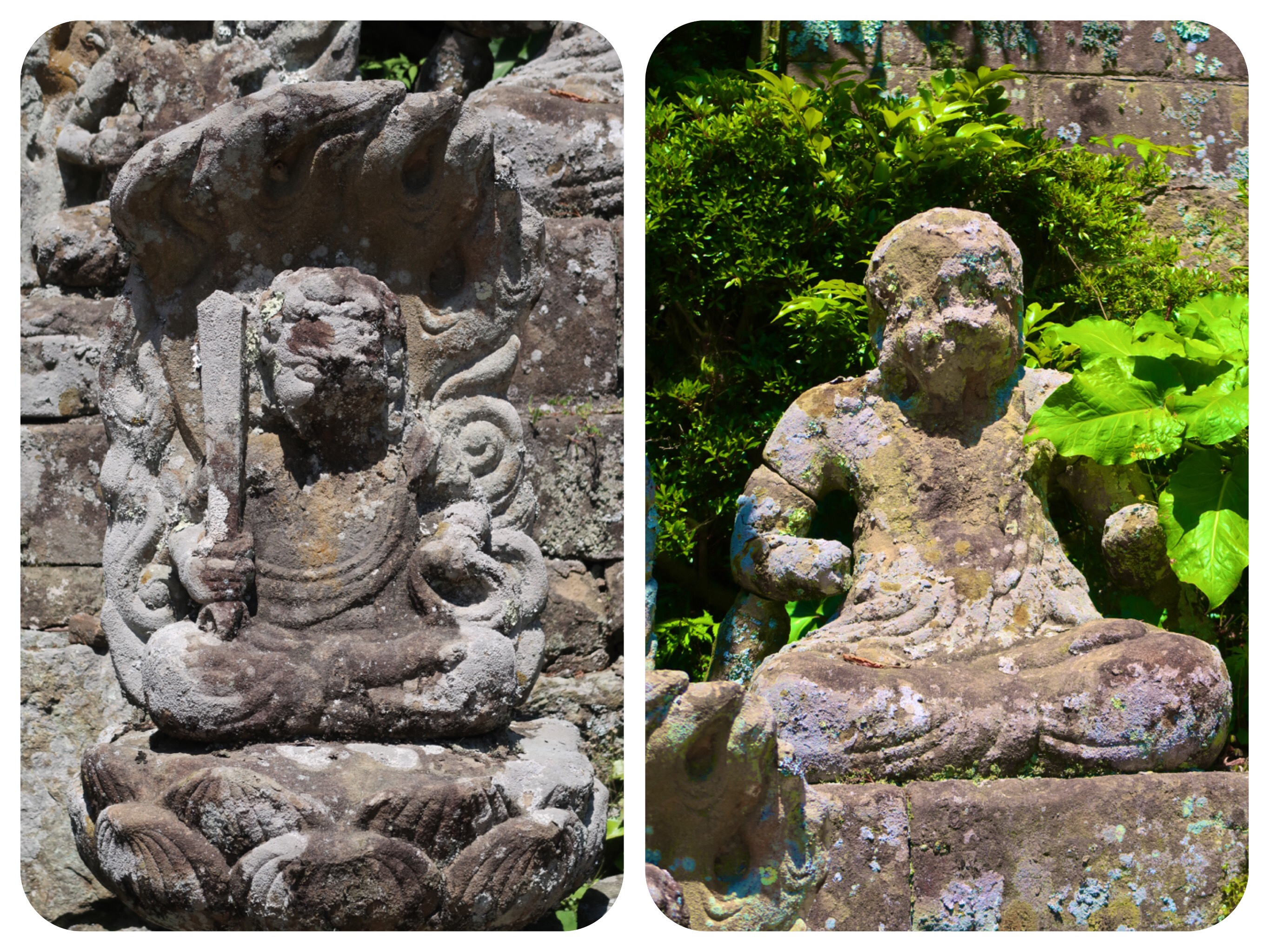


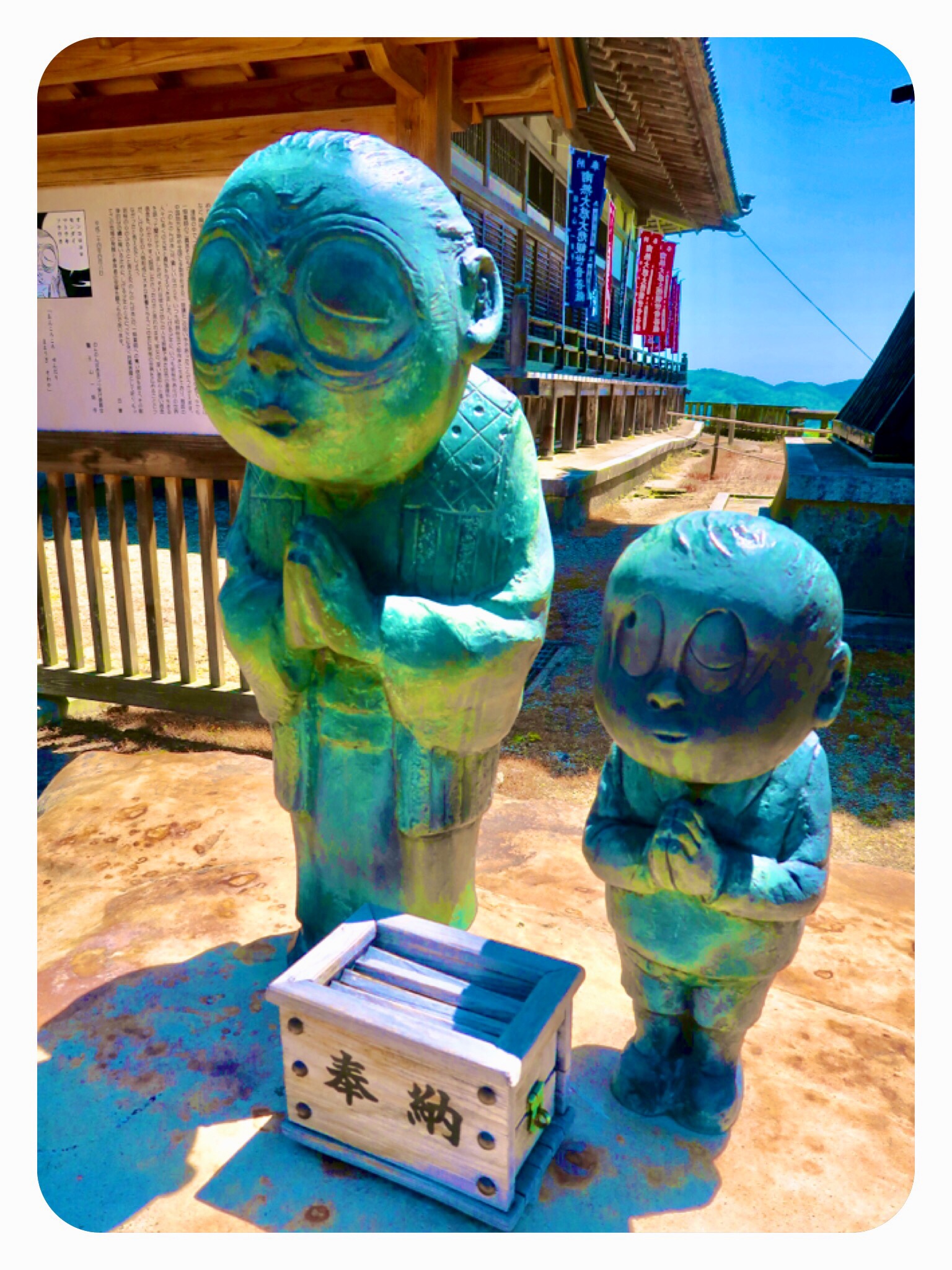
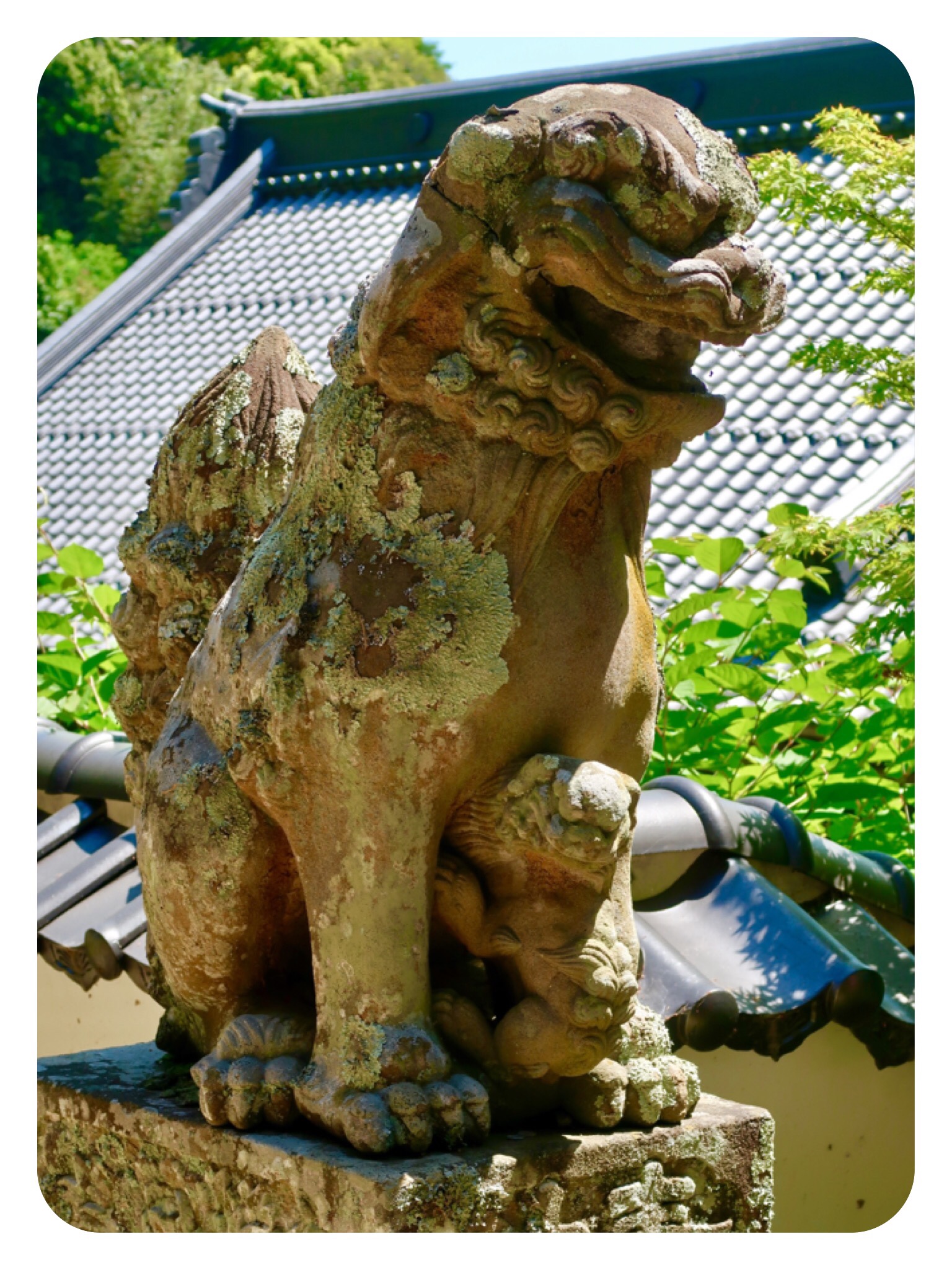
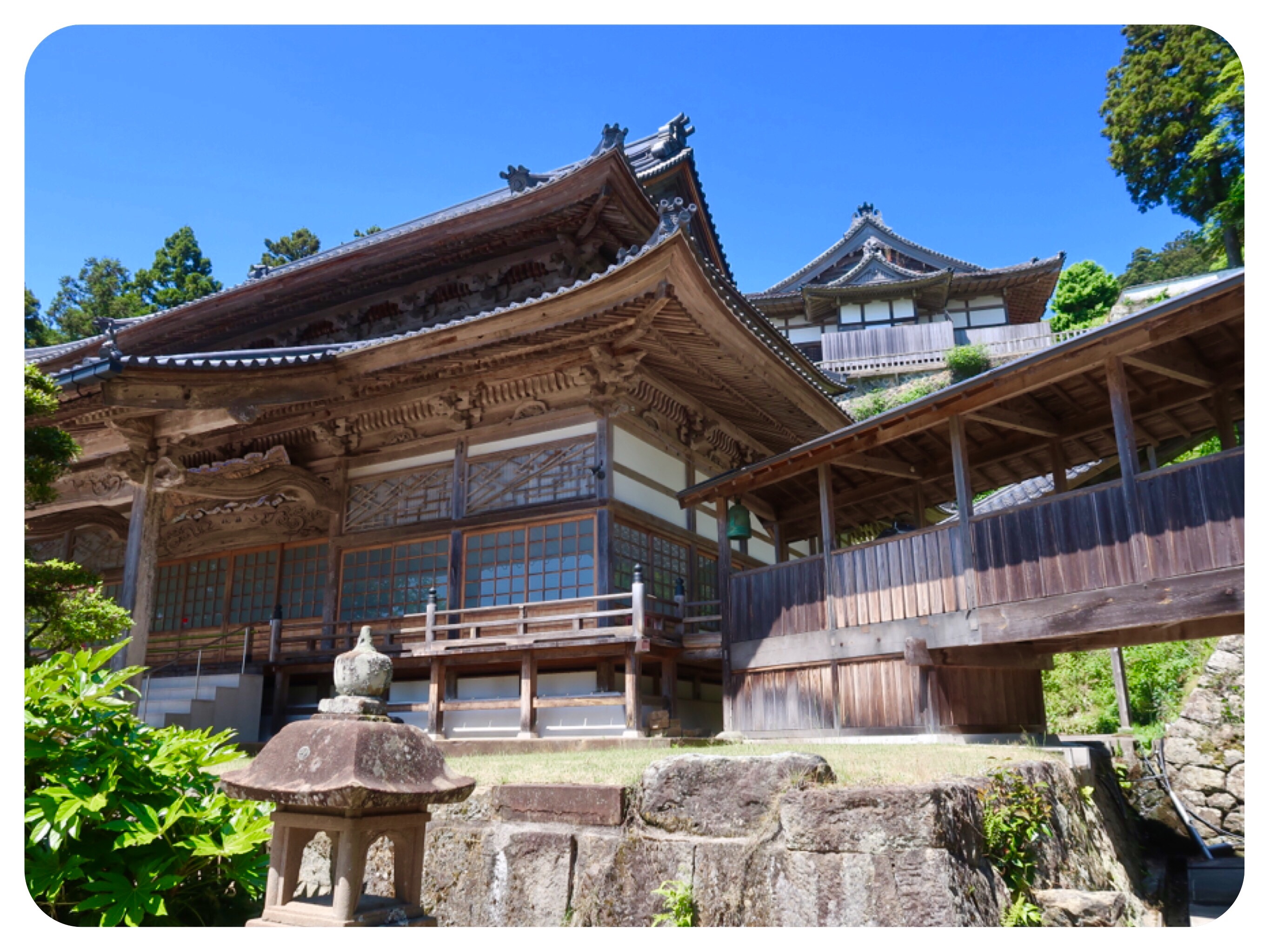

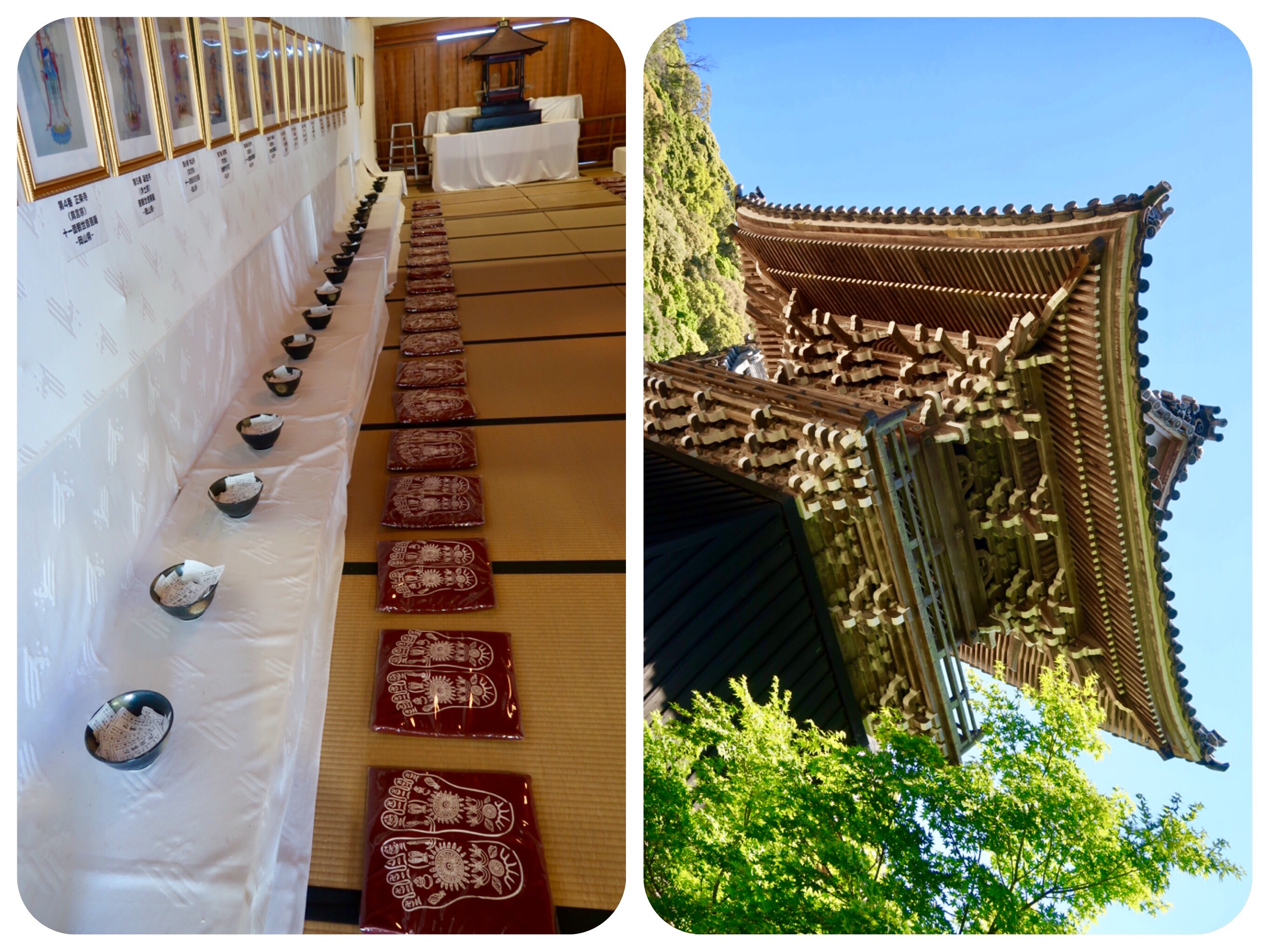


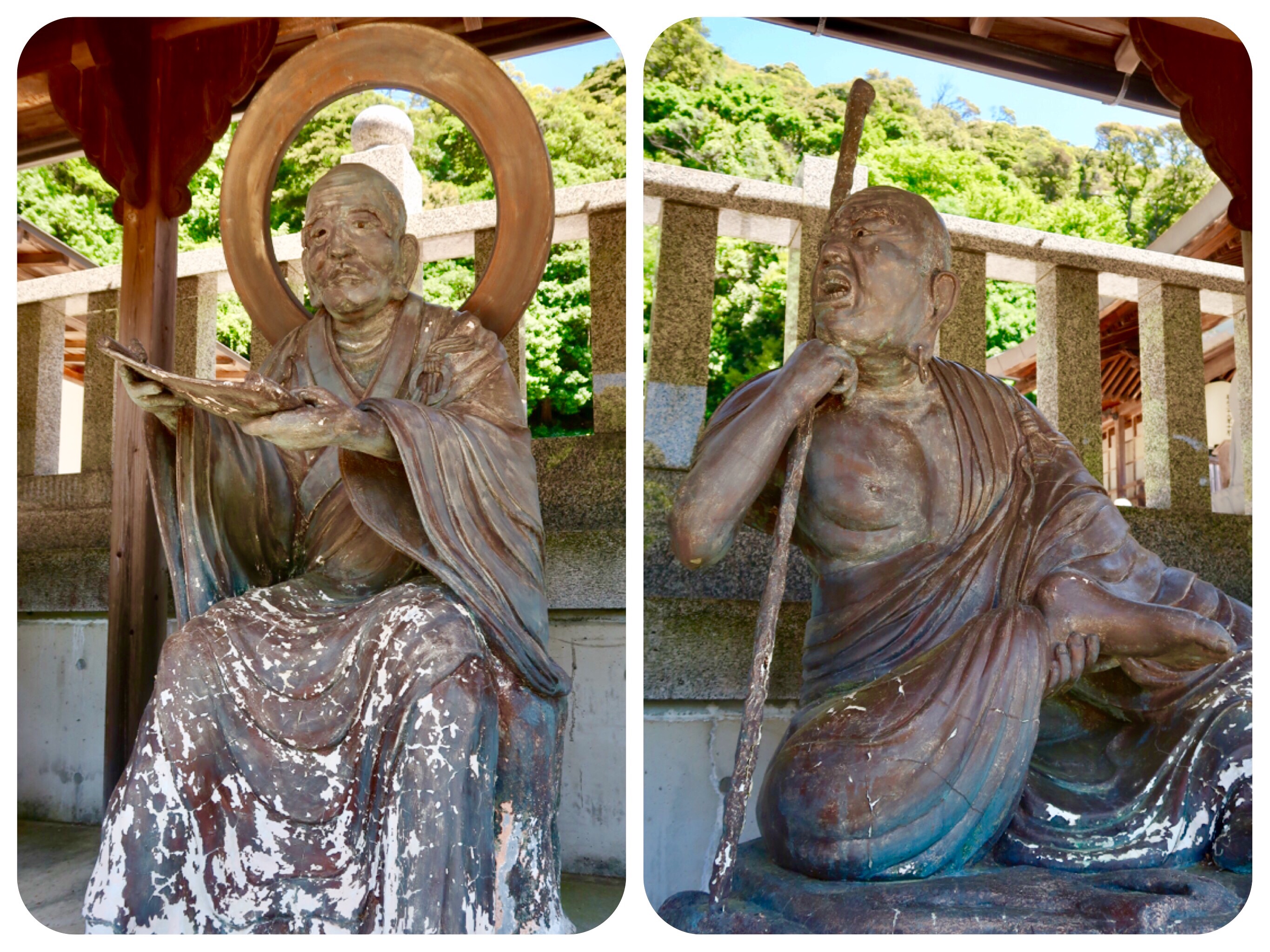
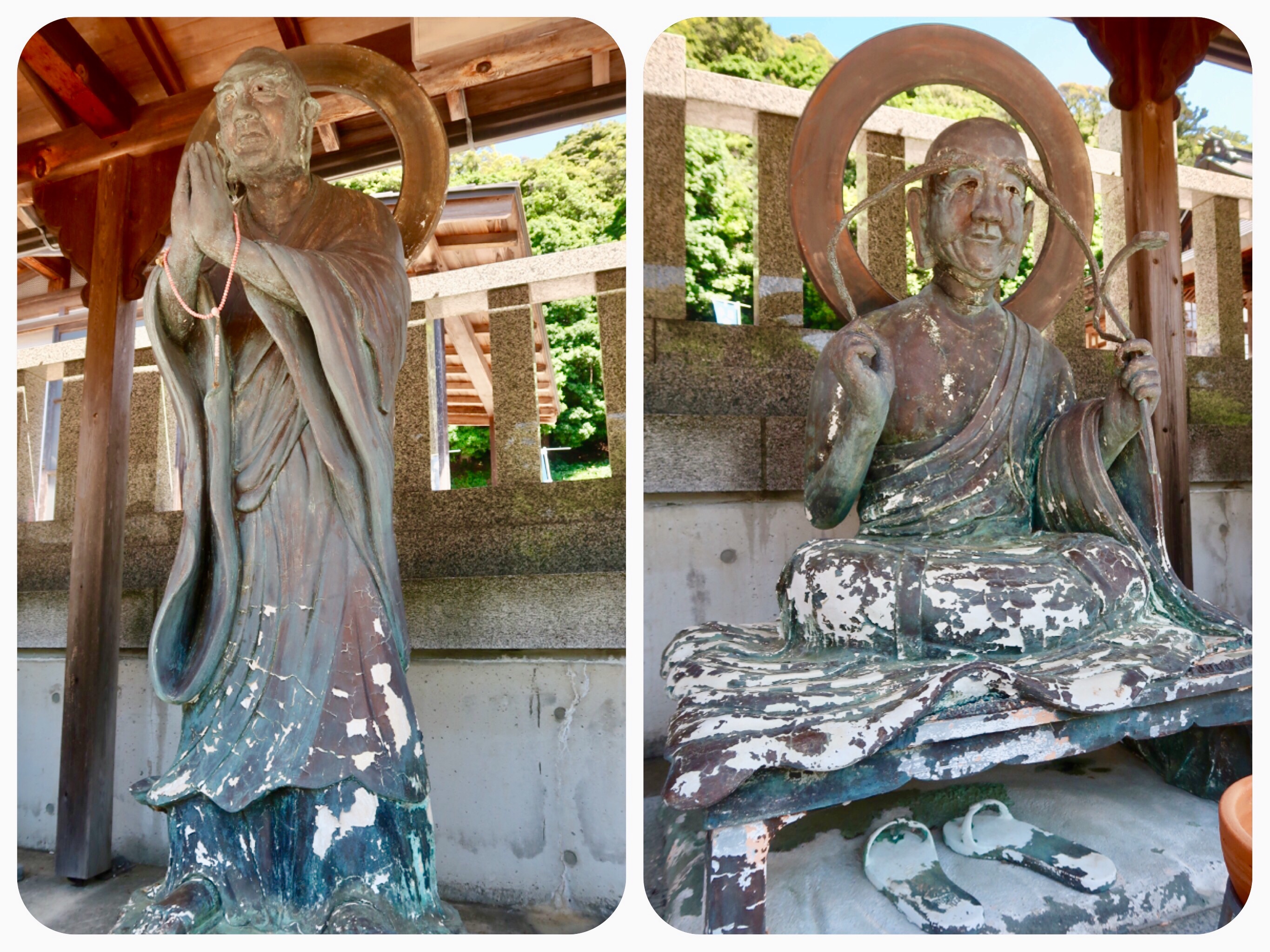










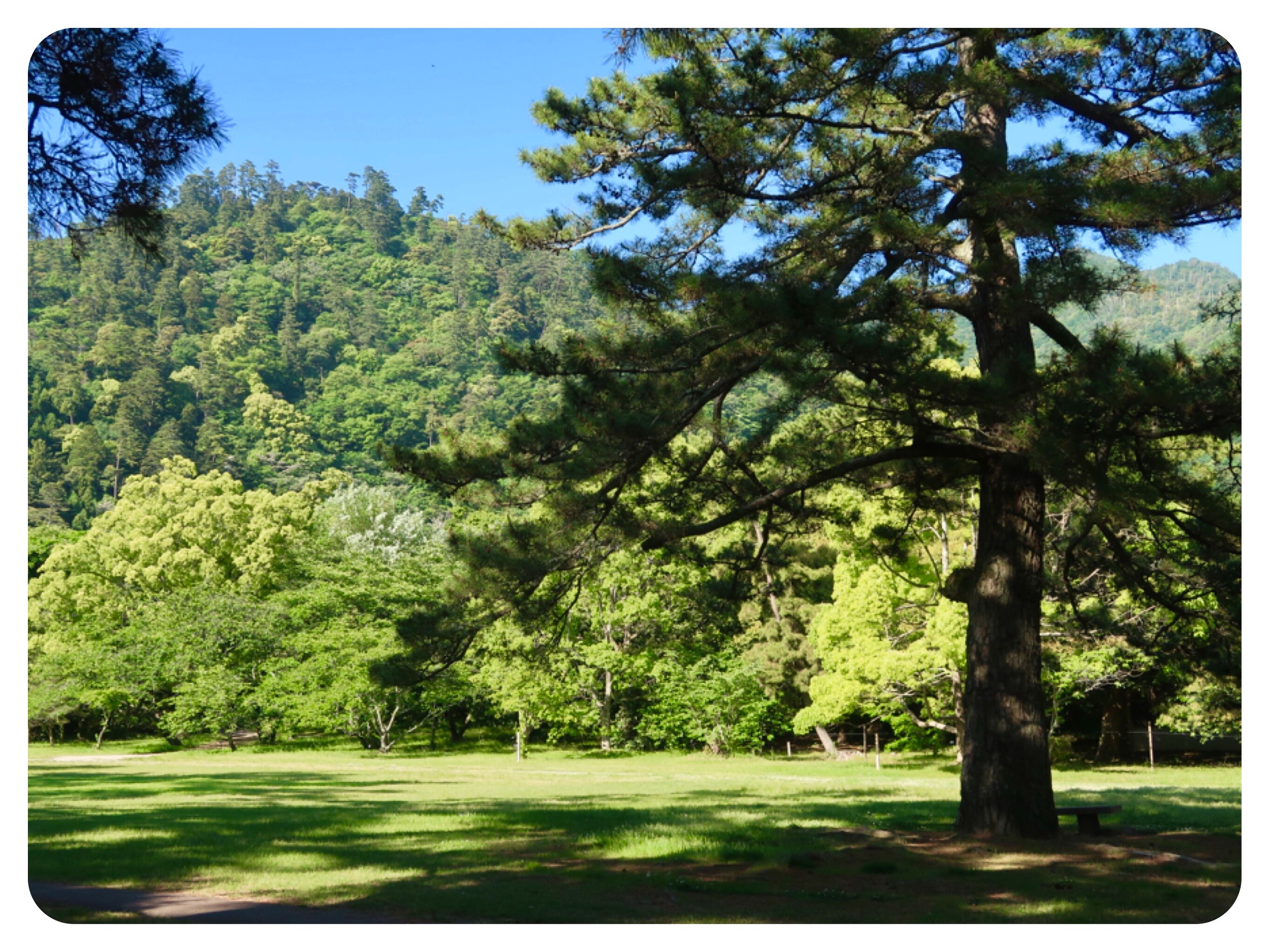








Day 47 - The Chūgoku 33 Temple Kannon Pilgrimage, Japan - Climbing the Many Steps to Ichibata Yakushi Temple #26, in the Mountains of Izumo And The Famous Izumo Taisha Shrine
I woke up this morning feeling a bit achy from the forest hike we did yesterday.
But there was no time to take a rest day.
We had to visit Temple #26, Ichibata Yakushi.
The temple is now accessible by car for those with mobility issues, but it is still called a Nansho, a difficult place to reach, because it is located on top of a mountain, formerly accessible only by a very long set of stone stairs.
In fact, 1270 stairs lead up to the temple, and then it is another 1270 steps to go back down to the road.
We decided to visit this temple today because the walk to it from Izumo is on a flat and easy road.
We delayed our visit to Temple #24 to the day after tomorrow, hoping that we would recover a bit more.
It was a sunny and warm day, and we walked whenever we could under the shade of the trees.
The stone staircase at the bottom of the temple grounds looked like it had not been walked on in months.
Fallen autumn leaves covered the steps, and it was a bit slippery at the beginning.
Midway, the steps were cleared, as the stairway intersected with some houses and a shop.
At the top, we came upon a lively temple with quite a few visitors, many temple office staff and a selection of good luck charms to buy.
One temple hall was dedicated to a “mini sand pilgrimage.”
It had the names of 108 temples located in Shikoku, Kyushu and here in the Chūgoku region, posted on the walls of the hall.
Each temple’s wall location had before it a small bowl filled with sand taken from the temple, and an image of its Kannon guardian Goddess.
For only 500¥ ($5), a person can buy a set of Osama-Fuda paper slips, and deposit each slip in its proper bowl, thus completing this three island mini sand pilgrimage, in just half an hour.
It is believed that your intention is enough to get you all the merit of walking a real pilgrimage.
This opportunity is offered to those who cannot go on the actual pilgrimages, because of time, money, mobility issues or other obligations.
The main temple hall was occupied by a few people who had requested a puja.
If a person is in need of healing or asks for healing for a loved one, they can pay to have a priest conduct a mini ceremony.
The priest chanted the Heart Sutra, and the people followed along.
There are small statues of white foxes at the temple, also sold as lucky charms.
It is said that Yoichi, the founder of the temple, followed three white foxes into this mountain, and felt guided by them to establish a temple here.
He started with building one hall, in which he enshrined a statue of Yakushi Nyorai, the Buddha of healing.
Ichibata Yakushi became its own independent school of Japanese Buddhism.
Previously the temple had been affiliated with the Tendai sect, and then with the Rinzai sect.
The temple has become known as a place where people can come to pray to have their eyes healed.
Many wooden planks with the symbol for eyes are hanging around the temple.
At the temple office, the friendly woman who stamped our book and scroll offered us hot green tea and cookies.
We rested from the heat and the stairs, and I also filled our water bottles with the natural mineral waters that flowed from the fountains.
The mountain spring is believed to be blessed, and there are cups for devotees to drink from the spring.
You can also fill ceramic bottles with the temple’s symbol on them, and take them home.
The walk down was very steep, but we walked carefully and held hands to assist one another at the steepest parts.
By the time we reached the road, my leg muscles were a bit shaky.
All this muscle pain really started after our nine hour scary forest hike.
Before that, I was not experiencing leg pain at all.
My knowledge about muscle shaking caused by excessive exercise is that it usually stops after we stop using the muscles that are shaking.
If we improve our muscular strength through continual strength training, the body will adapt and get stronger.
It will then not get fatigued at the same level that previously had caused the shaking.
It is also said that if your muscles start shaking during exercise, it is a sign that you should stop and that you are at a greater risk of getting hurt.
All this is true, but a pilgrimage is not a strength building exercise.
You cannot stop in the middle of the mountain, and get into your car and drive home, stopping along the way at your favorite juice bar to refuel your glucose levels with healthy fruit juice.
You have to still walk out of the mountain or the forest, and sometimes climb for many more hours after your legs start shaking.
At the flat road, my legs stopped shaking and in fact, the next day I woke up with no more leg pain.
Back in Izumo Taisha, we had enough time before the Shrine would close to walk around the area.
Izumo Taisha is one of the oldest and most important Shinto shrines in Japan. Exactly when the first shrine was built in this area remains a mystery.
The current shrine was built in 1744 and is designated a national treasure.
The deity enshrined here is Okuninushi-no-Kami.
In Japanese mythology, it is said that this is the deity who cultivated and built Japan.
The temple is an auspicious place to visit in order to attract romance, a good marriage, good relationships and healing.
The park surrounding the shrine is beautiful, with a pond full of lilies and many statues of bunnies.
After visiting the shrine, we stopped into a small hair salon to get Jules’s head shaved.
The hairstylist was a friendly older woman with her adult son.
The salon was the front of their house, and it was full of fish aquariums, loaded with big saltwater fish.
Since we were so close to our Ryokan, I left Jules in the salon and went to take a shower and soak in the bath.
Jules returned with an excellent haircut and a gift that the hairdresser gave him for me, a hand made water bottle carrier, complete with a bottle of green tea.
That night we had a fabulous dinner at a small Italian restaurant called “2nd” near our Ryokan.
The owner is a young chef and his sweet wife runs the front of house.
We told them we were vegetarians and they made us a fabulous meal,
a large leafy salad in a great vinaigrette sauce, a large sharing plate of grilled vegetables and two vegetarian pastas, both delicious.
Before going to bed, I went again and again over our walking route for tomorrow.
With love and light,
Tali
Daily Stats:
Steps: 21,469 steps
Distance Walked: 16 Kilometers
Active Walking: 4 hours
Total Time: 6 hours
Total distance walked on the pilgrimage so far: 961.5 Kilometers
Temple Visited: Temple #26 Ichihata Yakushi Temple 一畑寺 in Izumo
Accommodation: Takenoya Ryokan Kiunso.
A traditional renovated Onsen Ryokan, in Izumo next to the famous Izumo Taisha Shrine.
Elegant traditional hospitality, has an indoor hot spring bath, very spacious tatami mat rooms.